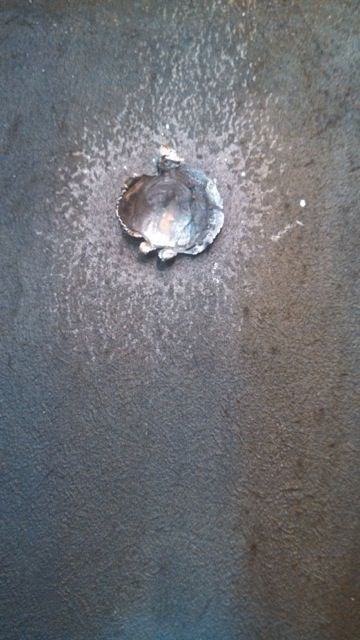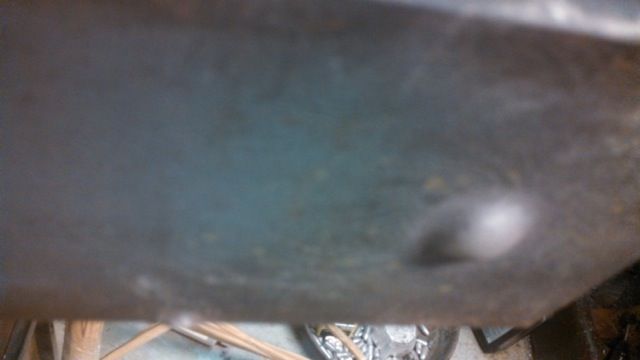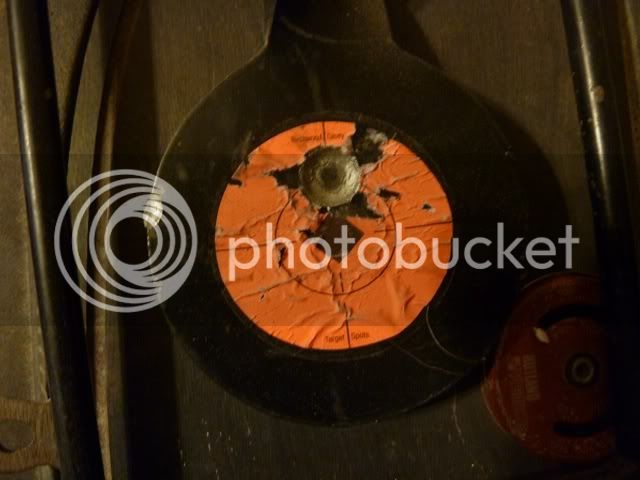The plate was very close range. Mebbe 10 feet. I was testing a new steel and had the plate welded to a very heavy base to deliberately make the plate absorb all the impact energy. Previous tests with varied guns, modern and ml, and steels had always made a splat with detrius going paralell to the plate and never back at me. This time was different.
Your 50 yards is fine. In later years my (modern) club had Mano-O-Mano matches using trees with swinging targets. These were very close range. With the swinging (horizontally) targets we never had a problem.
Your 50 yards is fine. In later years my (modern) club had Mano-O-Mano matches using trees with swinging targets. These were very close range. With the swinging (horizontally) targets we never had a problem.








